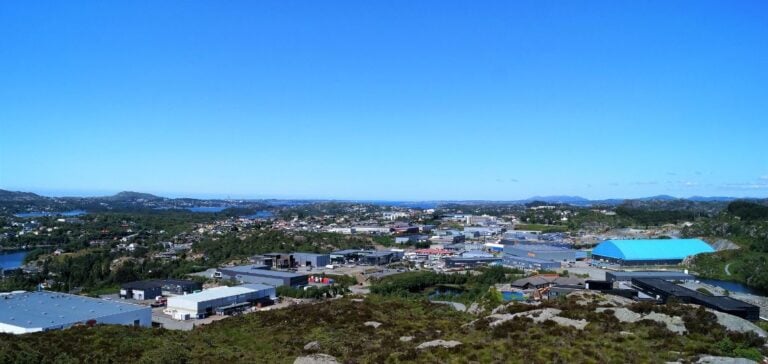Norsk Kjernekraft, a key player in Norway’s energy sector, has submitted a proposal to the Ministry of Energy to evaluate the construction of a nuclear power plant in the municipality of Øygarden, west of Bergen.
The project involves the installation of small modular reactors (SMRs) on a 101-hectare site in Buneset, close to the existing Kollsnes infrastructure.
Each reactor will have a generating capacity of 300 MWe, enabling a total potential annual production of 12.5 TWh, which would represent almost 10% of the country’s current electricity consumption.
Environmental and industrial issues
Norsk Kjernekraft ‘s proposal includes an environmental impact assessment detailing the possible effects of the plant’s construction, operation and decommissioning on society and the local ecosystem.
The installation of these reactors is designed to meet Norway’s energy and climate ambitions, while strengthening regional energy security.
The Buneset site, with its 250 acres of available land, could accommodate up to five SMRs, supporting not only the electrification of oil and gas facilities, but also the establishment of new energy-intensive industries in the region.
Vestland, where Øygarden is located, is the Norwegian region with the highest greenhouse gas emissions.
Norsk Kjernekraft’s proposed project responds to a growing need to strengthen energy supply in this area, particularly with the acceleration of industrial electrification initiatives.
The integration of nuclear power via these SMRs could play a crucial role in balancing the local power grid and reducing carbon emissions.
Consultation and Regional Perspectives
The study submitted to the Ministry of Energy will soon be put out to public consultation.
This phase will enable local stakeholders, including residents and businesses, to share their views on the project.
Consultation is an essential step before a more in-depth impact assessment is carried out.
The project’s interest extends beyond simple energy concerns, also encompassing long-term energy security and support for industrial development in western Norway.
This project is the third of its kind submitted by Norsk Kjernekraft, following similar proposals for the municipalities of Aure and Heim, as well as Vardø.
The Øygarden SMR installation could thus not only support electrification projects for onshore and offshore oil and gas installations, but also improve utilization of the regional power grid by boosting its capacity to handle growing demand.
Norway, which recently set up a committee to assess the possible introduction of nuclear power in the country, will see this project as a key element in the national debate on the future of energy.
The committee, whose conclusions are expected by April 2026, will include this project among the multiple options being explored to diversify energy sources and secure the country’s supply in a context of energy transition.






















